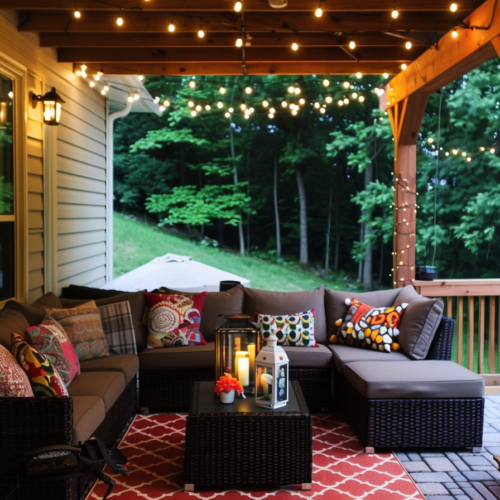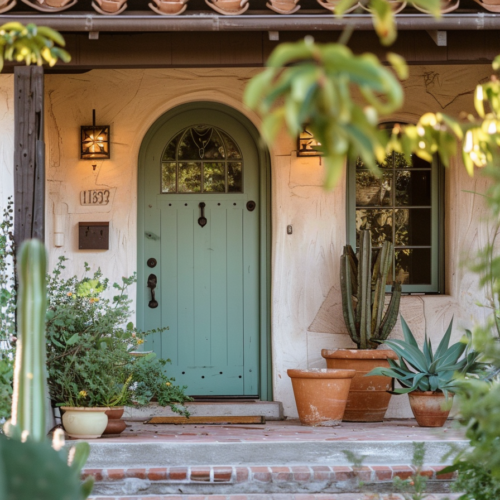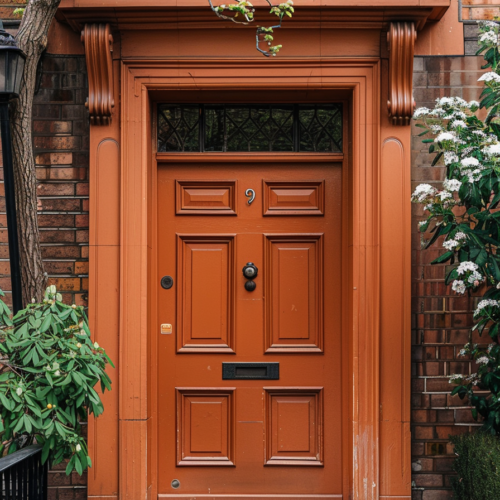- First, figure out whether you want to soundproof noise entering or leaving so you can use the correct methods.
- Soundproofing a room will require materials like acoustic foam boards, blankets, and wall hangings that absorb sound.
- The way you position furniture can also help dampen noise.
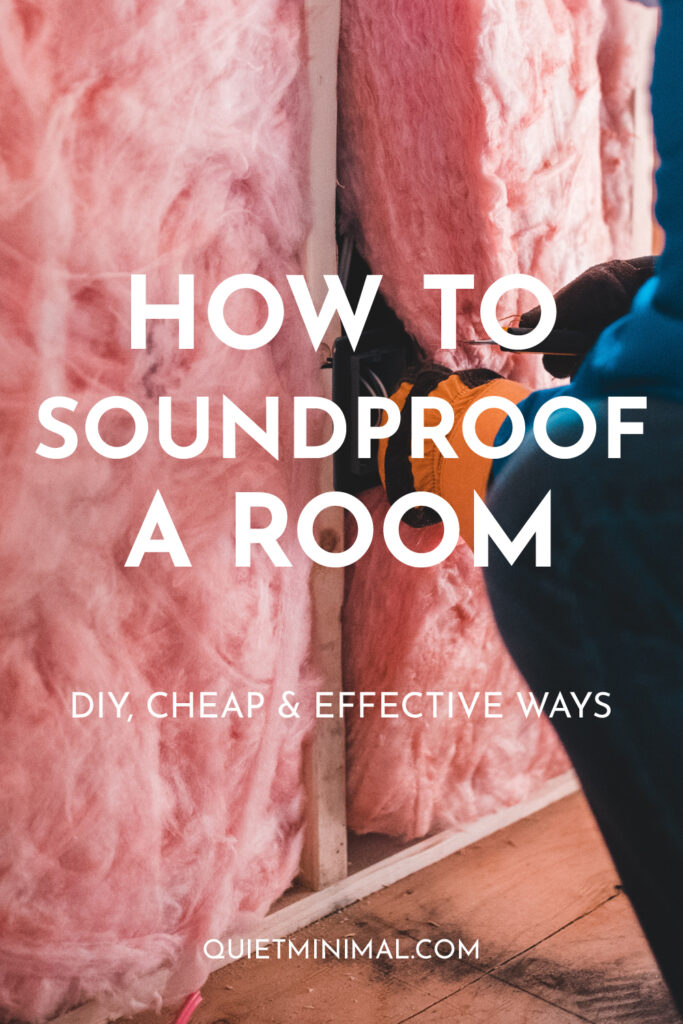
Having thin walls in an apartment, house, or workplace where you can hear everything on the other side or worry about others hearing your conversations can be frustrating.
Finding a way to absorb the sound would be ideal, but how do you soundproof a room?
If you find a room echoes too much or hear a needle drop across the hallway, you likely need to soundproof your room. We discuss various items you can use and methods to help you create the perfect soundproof environment in any room.
Simple And Effective Ways To Soundproof A Room
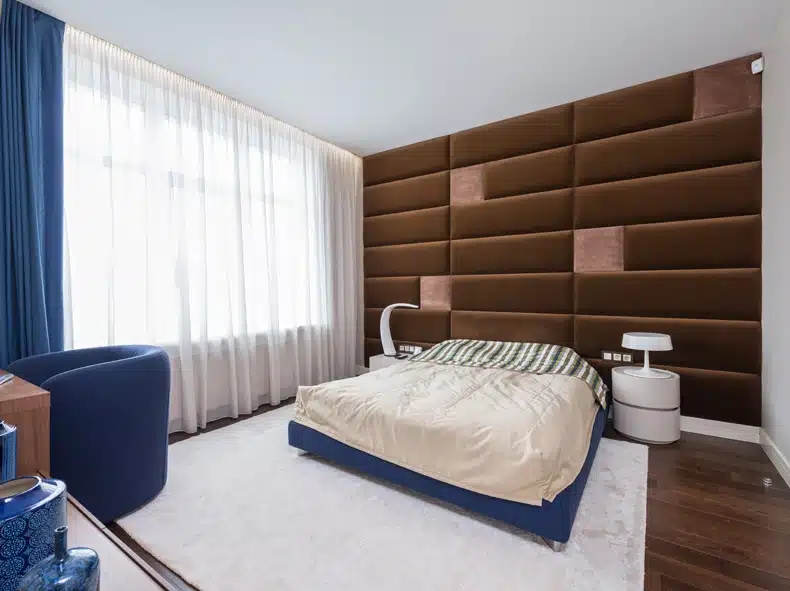
Whether you are looking to soundproof your baby’s room, your new coaching office, or your gaming room, there are many ways you can achieve that.
Artificially soundproofing a room requires specific materials, objects, and skilled interior practices. They help to absorb sound instead of echoing it and prevent sound instead of releasing or receiving it.
Step 1: Soundproof Noise From Entering Or Leaving
Before you can soundproof any room, you must figure out if you want to block noise from entering the space or prevent sound from leaving. Often, it is both. Knowing this will allow you to choose and place items effectively.
Soundproofing noise from entering will require you to close up entry points like airflow holes, vents, windows, and doors. Windows and doors cannot be permanently blocked (unless you don’t use the windows), so finding techniques to absorb sound waves can help. We will discuss this later.
Soundproofing noise from leaving requires using specific materials on the walls, upholstered furniture, rugs, etc., within the space for sound absorption. Specific furniture placement can also make a difference.
Step 2: Choose Soundproofing Materials And Furniture
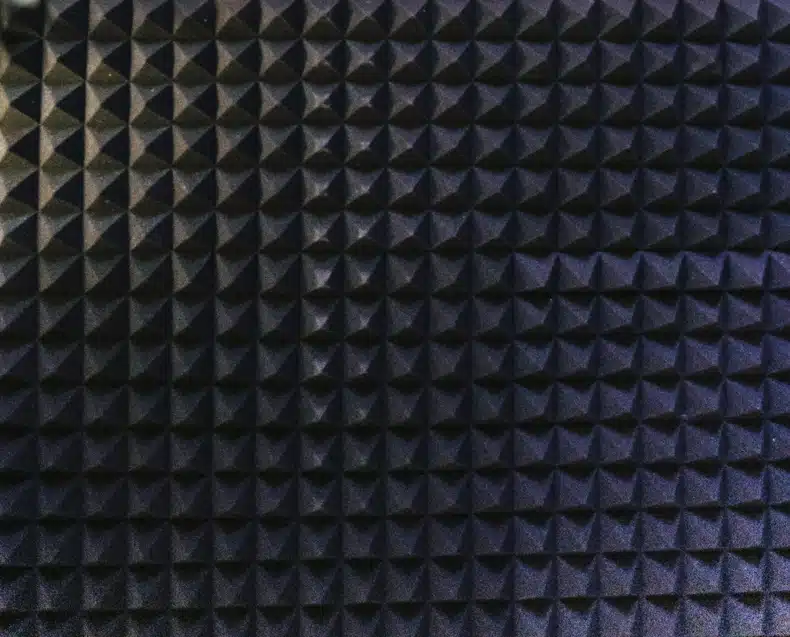
After you have figured out what you need soundproofing from, you will need the materials, objects, and furniture to make it work. There are several items you can use for soundproofing a room while sticking to a low budget, as listed and explained below:
Acoustic Foam Boards
Acoustic foam panels are designed to reduce noise pollution. They control echo and absorb sound. They are relatively inexpensive, and you can purchase them Online or at any hardware store.
Glue or nail them onto your ceilings or walls. They will help reduce noise from leaving the room.
Blankets
Blankets are an economical (that’s if you use old ones!) and easy way to soundproof a room. You can affix them to your walls to absorb sound and prevent noise from leaving the room.
You can also cover entry points like windows, airflow holes, vents, etc., to reduce noise from entering the room.
Rugs And Under-Padding
Carpets and area rugs are fantastic options for noise absorption in a room. Having carpet installed reduces the echo in space but can be costly.
Area rugs are available at affordable prices on the Marketplaces, thrift stores, and discounted stores. If you can get an under-padding for the rug, it will help by dampening the noise in a room.
Wall Hangings
Wall hanging in a room is a great way to help dampen sound waves. Items like picture frames, mirrors, paintings, boho hanging ropes, floating shelves, etc., can absorb noise in a space.
You can find affordable wall hangings at garage sales or thrift stores. You can even make your own. Sizes will depend on how much noise absorption you want.
Thick Drapes/Curtains
A genuinely effective way to absorb sound entering and leaving a room is by hanging curtains. Thicker drapes are better, but regular curtains work too.
Adding curtains to the whole wall will immensely dampen sound if you have larger windows or glass doors.
Ask a friend or family member to give you curtains they no longer use, or buy them from a thrift store and install them yourself.
Upholstered Furniture And Décor
The fabric helps to dampen sound easily. Using upholstered furniture and décor is an ideal way to try and soundproof a room. A couch, throw pillows, blankets, cushioned chairs, cushioned storage chest, etc., are all options to place within a room to help absorb noise.
Thicker or fluffier bedding and pillows on your bed are options if you don’t have the space for added furniture.
White noise Machine/Fan
Machines for white noise or fans are an excellent option but not the most effective. They help block incoming and outgoing sounds from a room, but they are not permanent fixes.
They can break or not work with power cuts, and you can’t use a fan during the winter. They are practical enough for short-term use or added soundproofing to other methods.
Step 3: Placement Of Materials/Furniture For Soundproofing
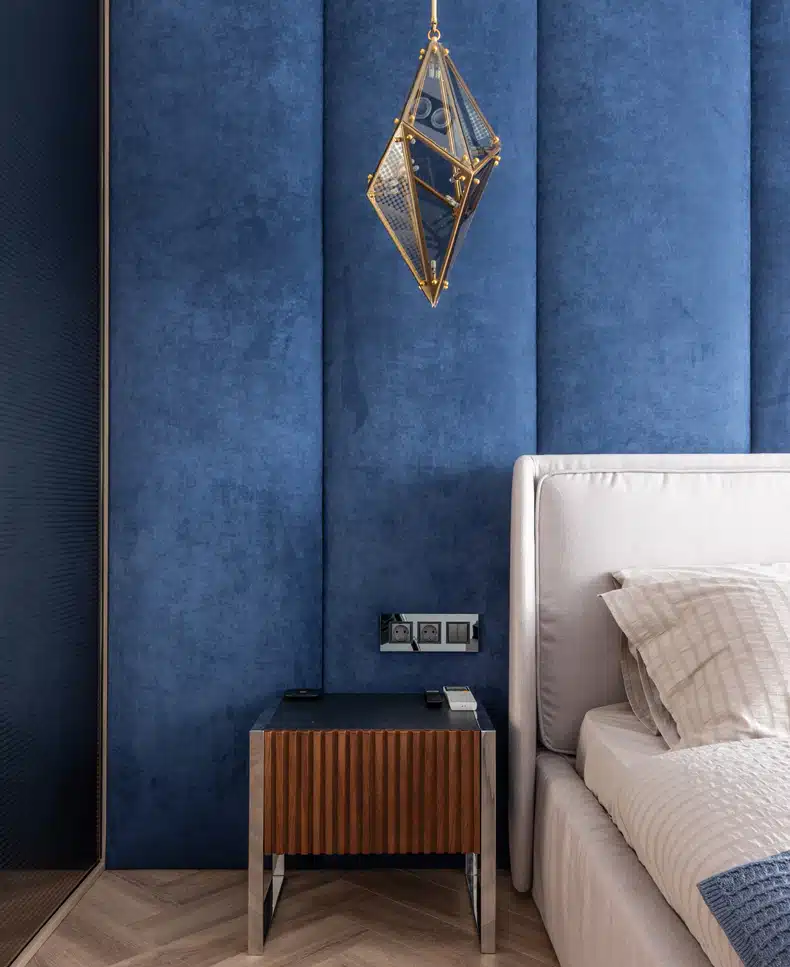
Once you have your items and know where you would like to place them, figure out if it is the best spot to absorb sound. The placement of specific items or pieces of furniture can impact how much or how little the noise gets dampened. Here are some examples:
Opposite A Door Or Window
Sound waves reflect in the same way that light does. That means noise entering from a door or window will bounce off the opposite end. You want to place your noise-absorbing items or furniture on the opposite wall to prevent the sound from traveling.
You can place a large bookshelf on the wall, hang curtains or wall art, add a headboard for your bed, or place a wardrobe in the space.
The Ceiling Or Walls
If you live in an apartment building, adding acoustic foam panels to the ceiling can soundproof noise from the floor above yours. Similarly, foam boards, shelves, wall art, etc., against the wall in a home or office that has sound coming through or leaving will dampen the noise from passing through.
Floors
Using soundproofing techniques on floors is often underestimated. Tiles and wooden floors bounce off a lot of sound waves. Furniture and rugs help to reduce the noise.
Rugs are especially helpful for specific positioning to prevent sound from entering or leaving a room.
Placing a rug in the center of the room will dampen the overall noise. A mat at the entrance outside of a door will reduce noise entering a room. Placing the mat inside at the entrance will reduce outgoing noise from a room.
If there is a sliding door in a space, placing a rug near it can help reduce sound waves from entering or leaving the space. They also make the room cozier!
Permanent Ways To Soundproof A Room
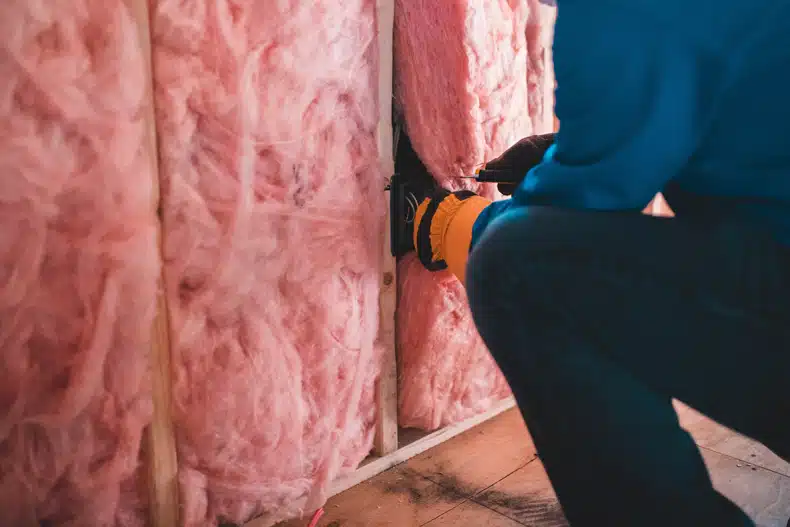
While all the above methods are excellent and effective methods to soundproof a room, they are not permanent. Some a semi-permanent, and others you have to choose if you are renting instead of an owner.
Finding more permanent ways to soundproof a room is a great option if you own your home or office, but they can be heavy on the pocket. Examples are:
Caulking
This is a great way to close up holes and cracks in the walls or seal windows. Acoustic caulk is the best option for soundproofing because it does not move or change shape. It tightly seals wherever you apply it.
Drywalling
Drywalling is fantastic for cutting out as much noise as possible. Conventional drywalling is not entirely practical, though it does muffle out the noise. Construction drywalling contains elements that create a solid core obstructing sound waves.
Installing insulation
Getting a professional to install fiberglass insulation (acoustic insulation) will be your holy grail for blocking sound waves and reducing noise that passes through walls, pipes, and ceilings.
Conclusion
Soundproofing a room, especially on a budget, is relatively easy. It requires creativity and adjustments, but you can achieve it easily with the tips mentioned above.
Follow Quiet Minimal on Pinterest for more home inspiration and ideas.
